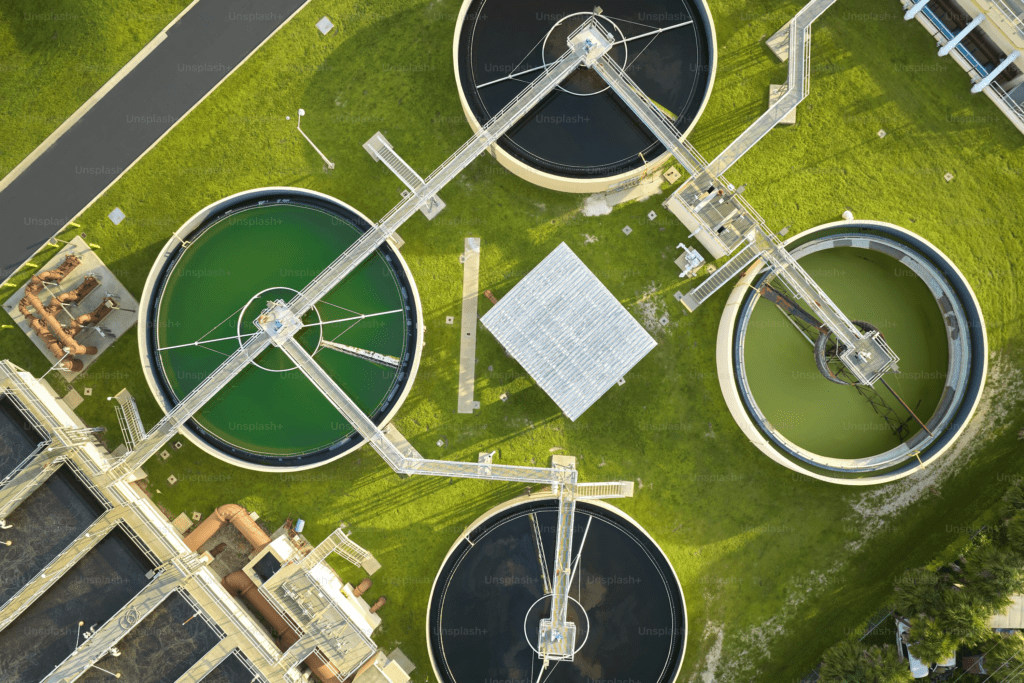Tokyo Electric Power Company Holdings Inc. (TEPCO) has announced plans to remove several treated water tanks from the Fukushima No. 1 nuclear power plant. The work will begin as early as February 13, 2025. These tanks currently hold treated water that has been processed to remove most radioactive materials, except for a substance called tritium.
The decision to dismantle these tanks is part of a bigger plan to clear land for new facilities. One of the key projects includes building storage areas for nuclear fuel debris, which will be taken out from the Unit 3 reactor of the plant.

This step is significant because it will help manage nuclear waste more effectively and make better use of the land inside the Fukushima plant. TEPCO has received approval from Japan’s Nuclear Regulation Authority (NRA) to carry out the dismantling process.
Details of the Tank Removal Process
TEPCO will remove a total of 21 water tanks from the plant. Out of these, 12 tanks are already empty because the treated water they contained has been released into the sea. The company aims to finish dismantling these 12 empty tanks by March 2026.
Once all 21 tanks are removed, about 2,900 square meters of land will become available for new construction. This extra space is crucial because the plant still holds a large amount of nuclear waste and fuel debris that needs proper storage.
Currently, there are more than 1,000 treated water tanks in the Fukushima plant. These tanks store water that has been filtered to remove radioactive materials except for tritium, which is difficult to separate.
Why Is TEPCO Removing the Tanks?
The Fukushima No. 1 nuclear power plant suffered severe damage after a massive earthquake and tsunami in 2011. The disaster led to a nuclear meltdown, causing a dangerous release of radiation into the environment. Since then, TEPCO has been working to clean up and decommission the plant.
One of the biggest challenges TEPCO faces is dealing with contaminated water. Water is used to cool the damaged reactors, but this water becomes radioactive and must be treated before being stored. Over time, the plant has accumulated millions of tons of treated water, which is stored in large tanks on-site.
In August 2023, TEPCO began releasing some of this treated water into the sea. This decision was made after scientific reviews and international safety approvals, stating that the water meets safety standards. However, this move sparked concerns among neighboring countries and local fishing communities, who worry about the impact on the ocean and seafood.
By removing the old tanks, TEPCO can free up land to store solid nuclear waste, which is more difficult to handle than treated water. This step is important for the long-term clean-up and decommissioning of the plant.
What Happens Next?
Now that TEPCO has received the green light from Japan’s nuclear authorities, the dismantling work will move forward in stages:
February 2025: Start of the tank removal process.
March 2026: Completion of the dismantling of the first 12 empty tanks.
After 2026: Removal of the remaining 9 tanks and further site preparation.
Once the tanks are removed, TEPCO will begin building storage facilities for the nuclear debris that will be taken out of the Unit 3 reactor. This process is part of Japan’s long-term plan to safely manage the damaged Fukushima plant and reduce nuclear risks.
The Japanese government and TEPCO are also working on new technologies to handle nuclear waste more effectively. Scientists and engineers are studying ways to filter tritium from water, but this remains a technical challenge.
Concerns and Public Reactions
The dismantling of water tanks is just one step in the massive clean-up effort at Fukushima. Many people in Japan and nearby countries are watching these developments closely.
Local fishermen worry that releasing treated water into the sea could harm Japan’s fishing industry. Some countries have even placed temporary bans on Japanese seafood.
Environmental groups have raised concerns about the long-term impact of nuclear waste management at Fukushima.
The Japanese government insists that all actions are based on scientific evidence and international safety standards.
To address these concerns, TEPCO is working with global nuclear experts to ensure that every step of the clean-up process is safe and transparent.
The Future of Fukushima Cleanup
More than a decade after the 2011 disaster, Fukushima remains one of the world’s most complex nuclear clean-up projects. Removing the treated water tanks is just a small part of the bigger plan to make the site safer.

In the coming years, TEPCO will focus on:
Removing nuclear fuel debris from the reactors.
Finding better ways to store and manage radioactive waste.
Exploring advanced technology to clean contaminated areas.
Restoring public confidence in Japan’s nuclear safety.
Despite challenges, Japan remains committed to handling Fukushima’s clean-up with care. The world will continue to watch how TEPCO and Japan move forward in managing nuclear waste safely and responsibly.



